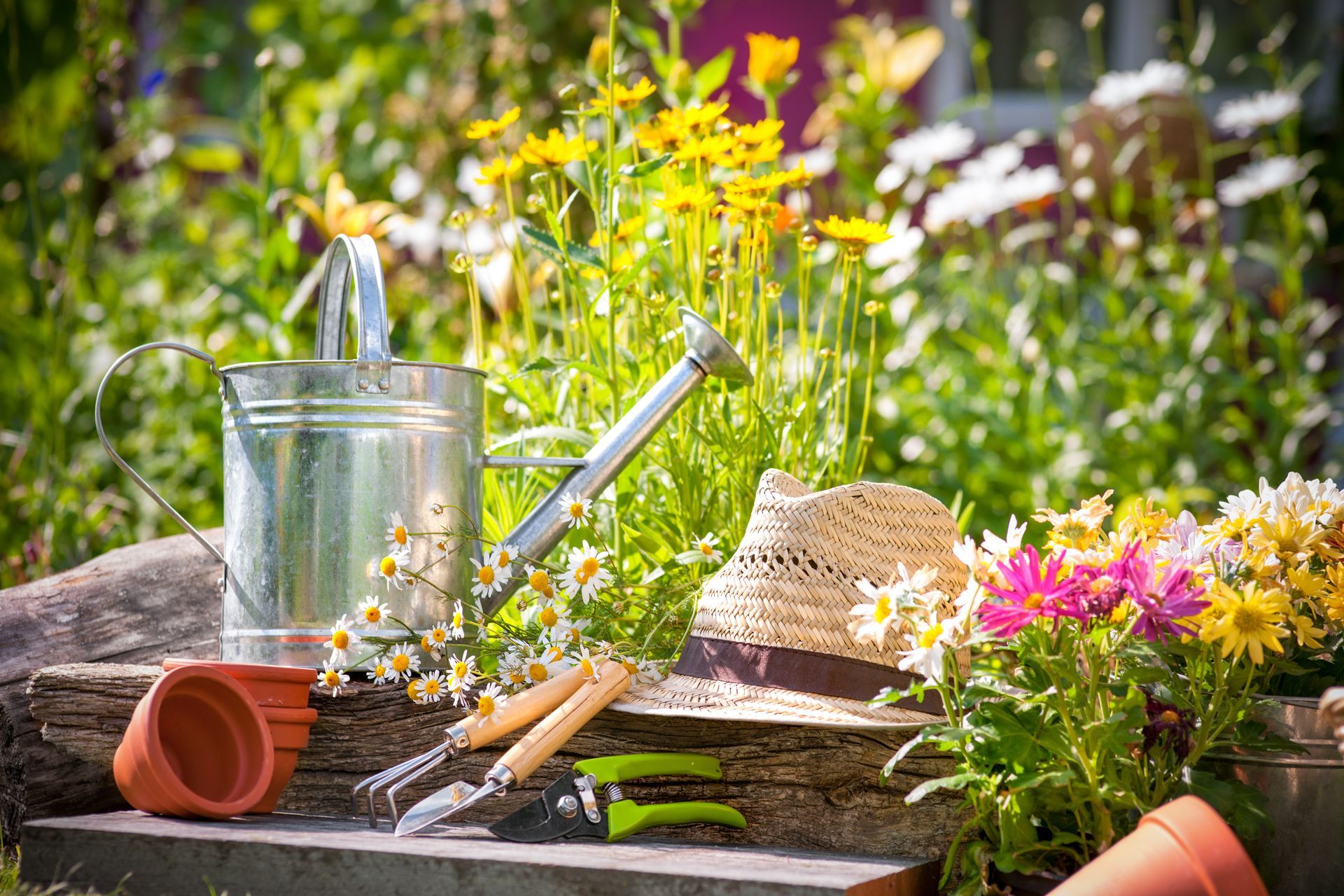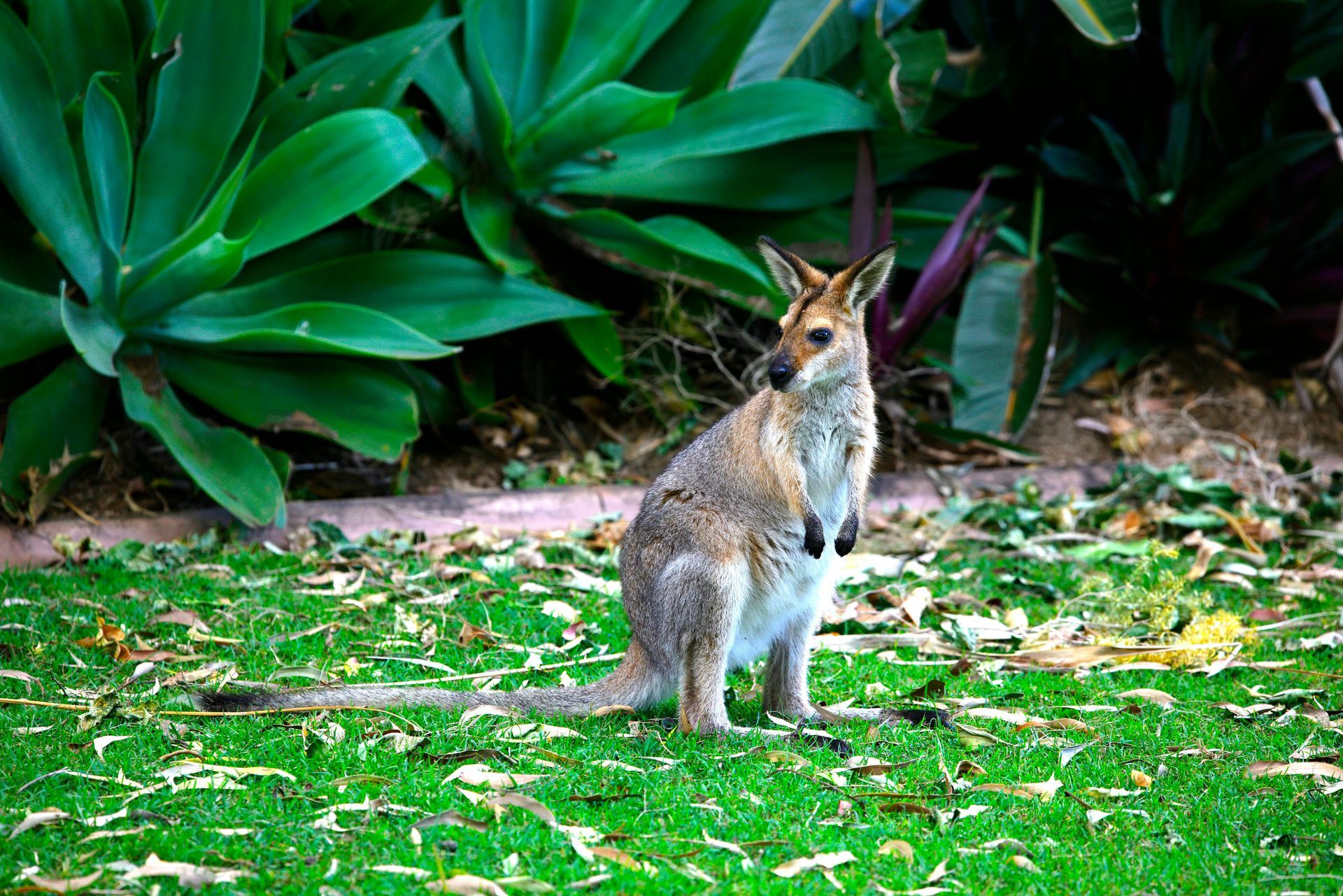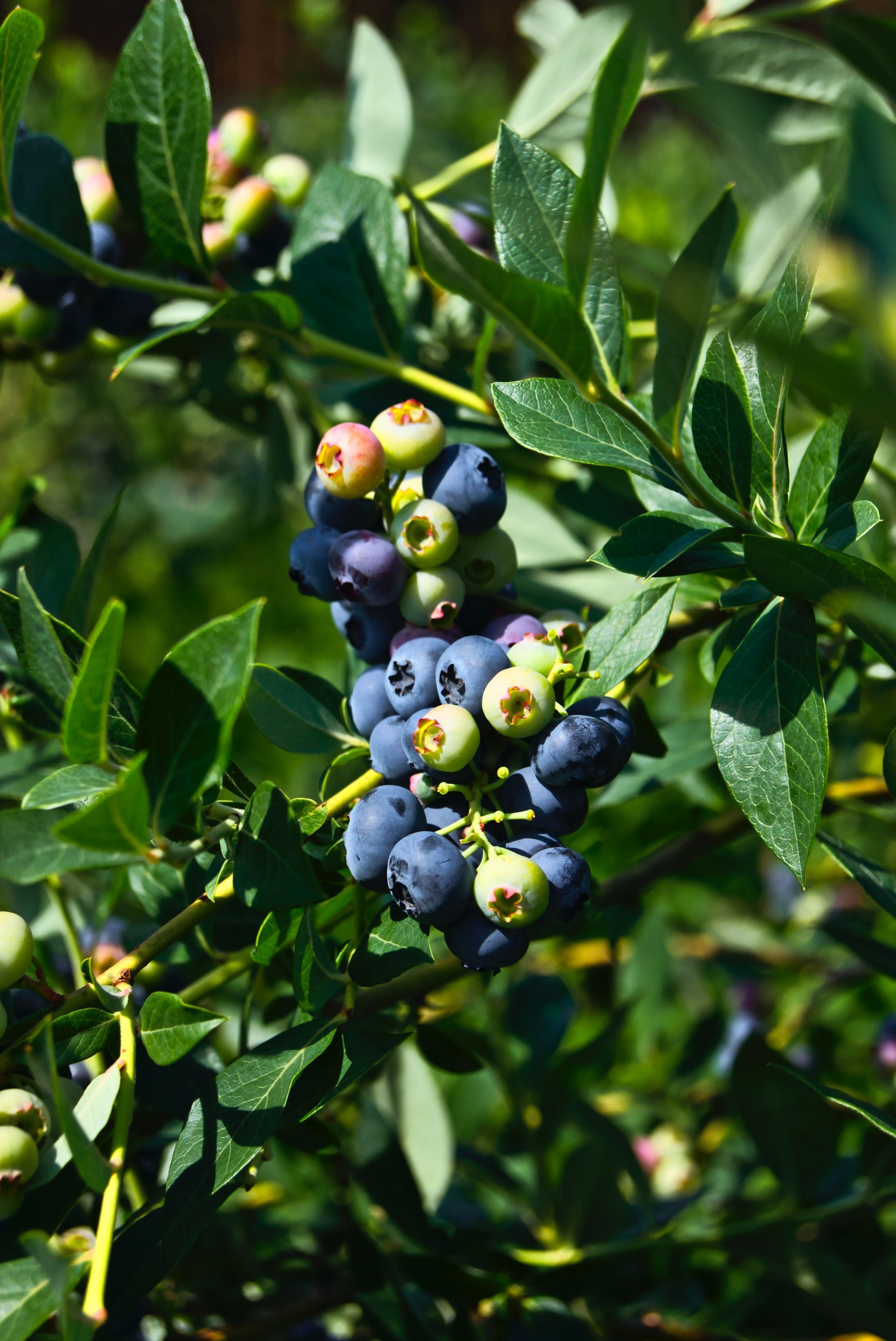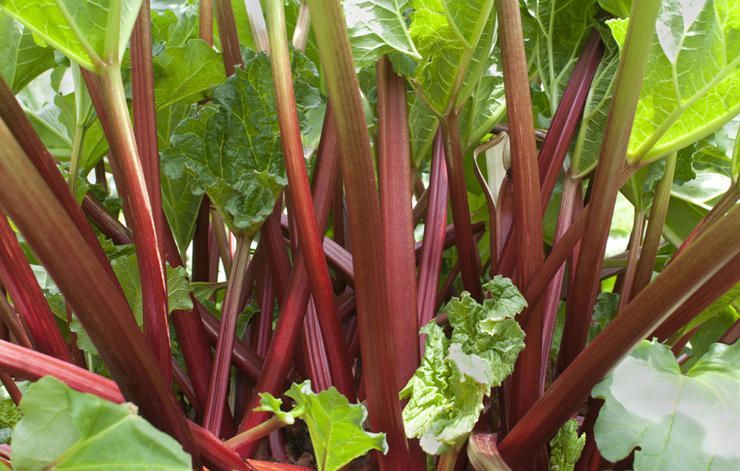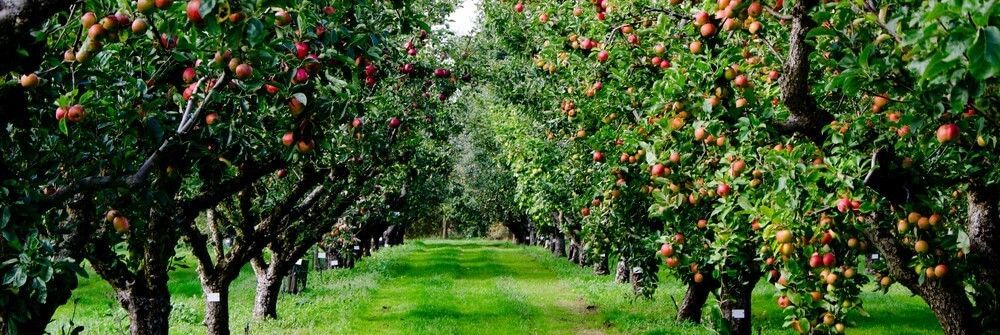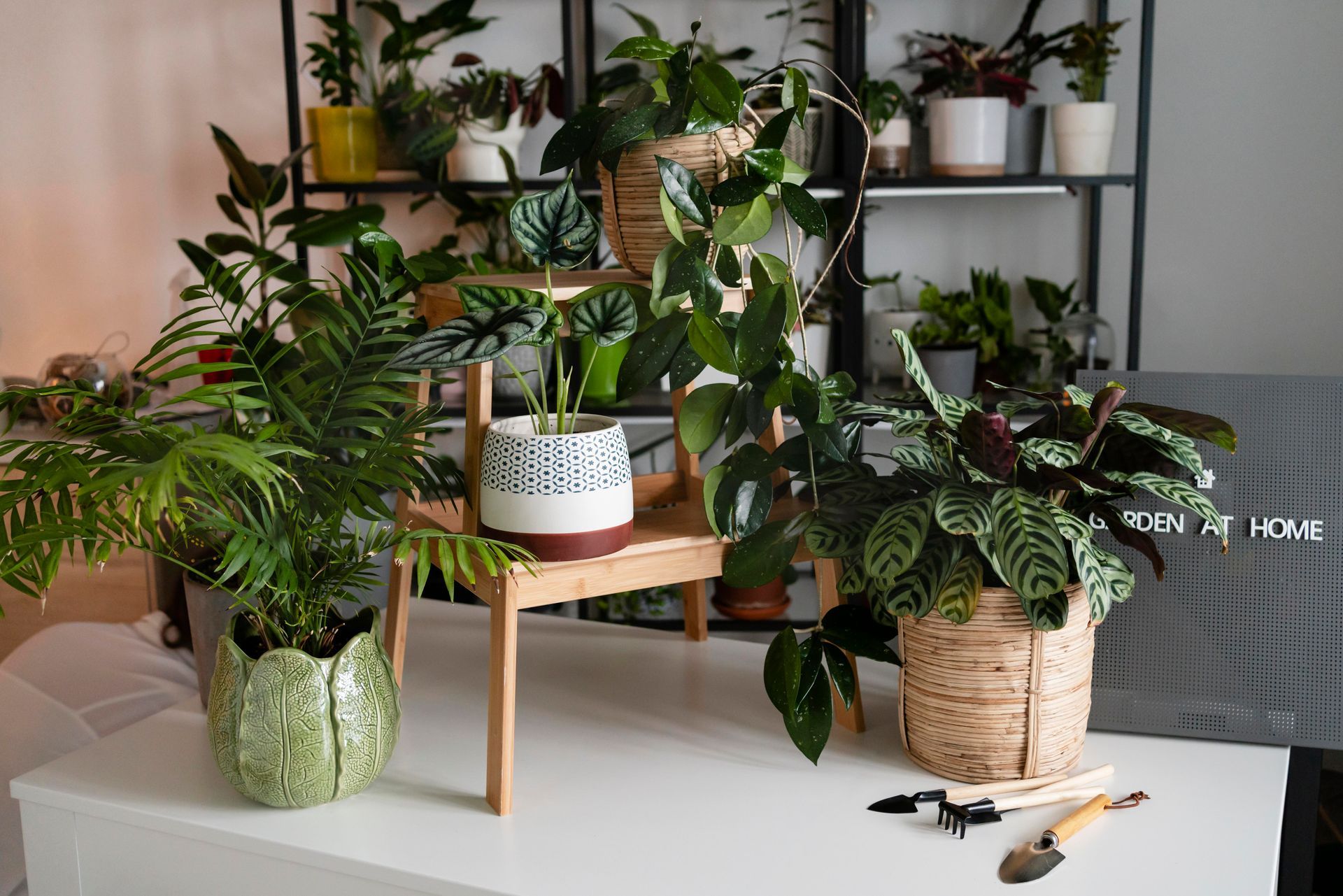Masdevallia veitchiana a.k.a ‘King of the Masdevallias’
Masdevallia veitchiana is a native of the high mountains of Peru and Colombia and as a result of its lofty home, is very much at home in Tasmania’s cool climate. This remarkable orchid can be seen in all its glory around the ruins of Machu Picchu in the spring and summer if you are lucky enough to be there at this time.
Masdevallia veitchiana is considered to be one of the easiest of the Masdevallia’s to grow and has been used extensively in hybridising work to create some wonderful hybrid Masdevallia’s with many such as the beautiful Masdevallia ‘Bay of Fires’ as well as a host of othersbeing bred right here in Tasmania.
Masdevallia’s will thrive in a cool shaded frost free position in a fern house or in a lightly shaded position beneath trees in the garden, in a free draining but moisture retentive medium such as Man Fern Mulch or Sphagnum Moss.
Masdevallia’s, unlike some of the other more familiar orchids such as Cymbidium’s, don’t have the swollen pseudo-bulbs that store water for dryer times so they will require regular watering in order to thrive.
Provided these requirements are met Masdevallia’s will rapidly multiply to fill their allotted space and produce an abundance of flowers in the late winter and spring and then follow up with a regular supply of spot flowering throughout much of the year. An occasional weak feed of liquid fertiliser will keep your orchid happy and keep the flowers rolling on.
When in flower Masdevallia’s can be brought inside the home but will need to be kept away from heating sources as they really do like it quite cool and resent high household temperatures, so be sure to keep them in a cool but light room for a short time.
Masdevallia’s truly are an easy to grow delight. As long as you meet their few simple requirements they will reward you with their exotic and delightful blooms - they are well worth a try in your garden.

